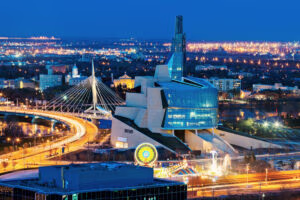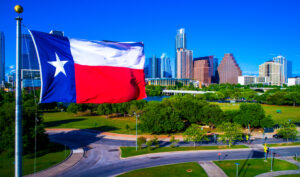It’s simple really. The City of San Diego has continuously embraced opportunities to be a Smart City by using technology to collect, analyze, and leverage data to improve decision-making and increase the likelihood of positive and impactful outcomes. Several recent initiatives demonstrate not only the use of technology but also the collaboration through public-private partnerships to make government more accountable, efficient, and responsive.
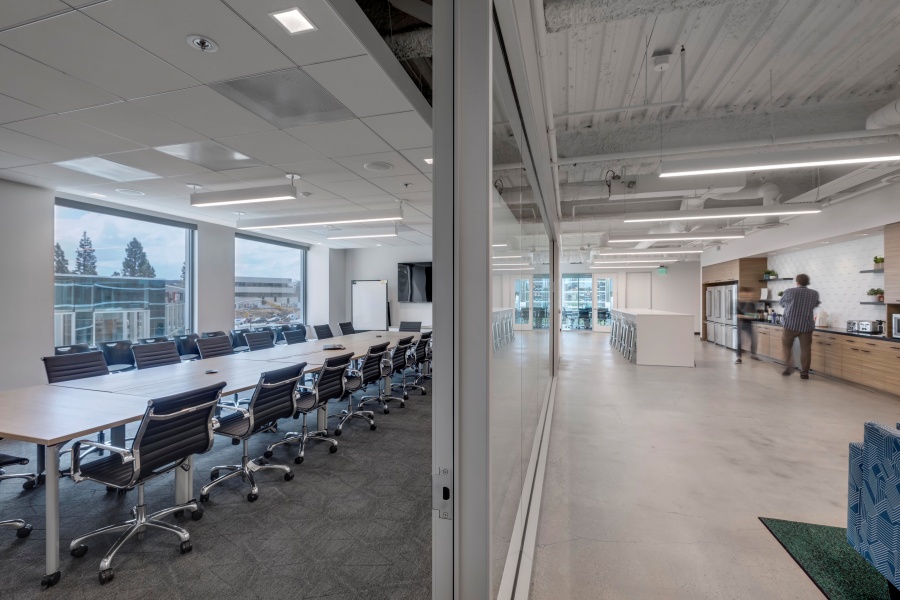
The City of San Diego is home to six universities, including global research leader University of California at San Diego (UC San Diego); and more than 80 research institutions, among them the distinguished Scripps Institute of Oceanography and Salk Institute for Biological Studies. Through economic development funding, partnerships, and digital marketing, the City supports a robust startup ecosystem of more than 70 incubators (e.g., EvoNexus, TMA BlueTech Incubator, Hera Labs), accelerators (e.g., The Brink at University of San Diego, UC San Diego Veterans Ventures) and co-working spaces (CyberTECH NEST). In May 2019, the City, with Community Development Block Grant funding, opened the CONNECT ALL @ the Jacobs Center, the region’s first accelerator located in a low-income community (Encanto) and dedicated to serving the City’s diverse and low- and moderate-income entrepreneurs.
As the launch pad for Qualcomm, Cubic, and Illumina, the City of San Diego has established itself as a technology innovation hub and global genomics leader. SPAWAR, General Atomics, General Dynamics NASSCO, BAE Systems, and Northrop Grumman have major facilities here. These companies are among a multitude of partners investing in the City’s workforce and profile as a Smart City. The top-tier talent, entrepreneurial ethos and collaborative spirit are what have given San Diego a reputation as a Smart City. (Additional link: National Geographic’s documentary, World’s Smart Cities: San Diego.)
The City’s relationships with the public are more convenient than ever, thanks to digital and mobile interactions and advanced touch points using technology. This City’s progress is evidenced by how it has made bureaucratic processes and mundane activities more accessible and easier to deliver to our customers—all San Diegans.
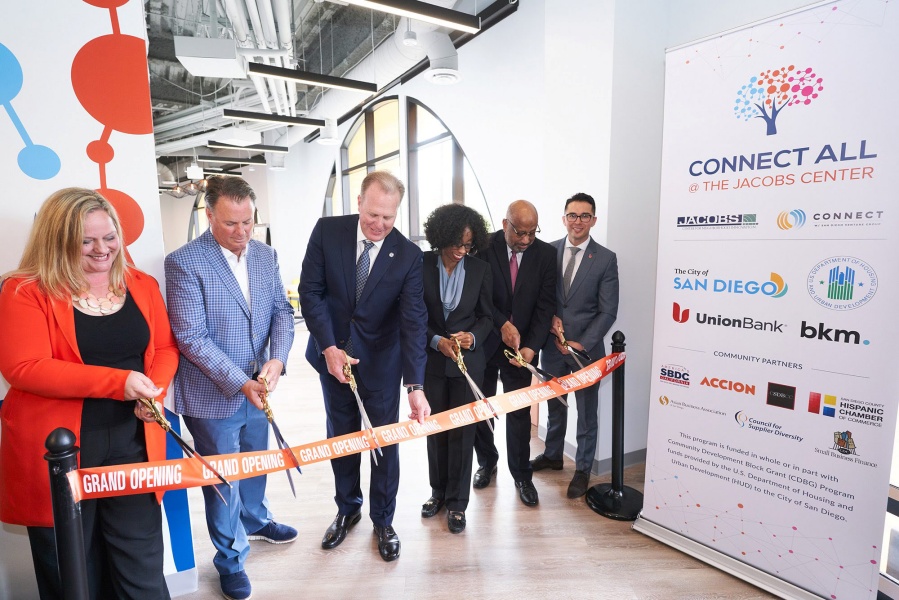
SMART RESOURCES:
- Get It Done (https://www.sandiego.gov/get-it-done). This award-winning web interface and mobile app streamlines the process of how the public can report non-emergency issues, such as potholes, broken streetlights or sidewalks, graffiti, abandoned vehicles, and illegal dumping, that occur in the right of way. Customer Relationship Management (CRM) software assists the City in processing the reports, dispatching service requests and updating citizens on the status of their reports. Launched in June 2016, Get It Done involved the Department of Performance and Analytics, the Transportation and Storm Water Department and the Department of Information Technology. The app has been expanded each year with new capabilities based on public interest and advanced functions using predictive analytics. Service requests have spiked from 45,000 annually when the app launched in 2016 to 362,000 in 2019.
- OpenCounter Online Business and Residential Portal (https://business. sandiego.gov). Formed in 2015, the Economic Development Department partnered with the Development Services Department, the Planning Department, the Department of IT, and the Office of the City Treasurer to help entrepreneurs navigate the often complex and arduous process of starting or expanding a business in a streamlined way. Composed of a zoning portal and the permits portal, this online tool guides users through a natural-language questionnaire about their projects so they can locate their businesses and determine which permits (and permit fees) are required. It’s all at the touch of their fingertips. In 2019, the portal expanded to include a residential element, giving single-family homeowners the convenience to scope their home improvement projects before hiring contractors or making plans. This portal cuts down on trips to City Hall and saves staff time on pre-application meetings while providing proactive customer service. In 2019, the business and residential portal answered 40,207 project scoping questions, saving an estimated 18,484 City staff hours.
- TechHire. In 2016, the White House designated the City of San Diego a TechHire city. Through a partnership of the San Diego Workforce Partnership, private corporations and the City, TechHire matches low- and moderate-income adults, out-of-school youth, underrepresented groups (e.g., veterans, ethnic minorities, women, or mature workers [ages 55+]) or long-term unemployed in ICT (Information and Communication Technologies) fields. The program is designed to give tech career exposure to underserved groups and expand their access to San Diego’s rich tech talent pipeline. In FY2018, TechHire surpassed its goal of 150 placements and matched 178 participants, with 111 getting jobs.
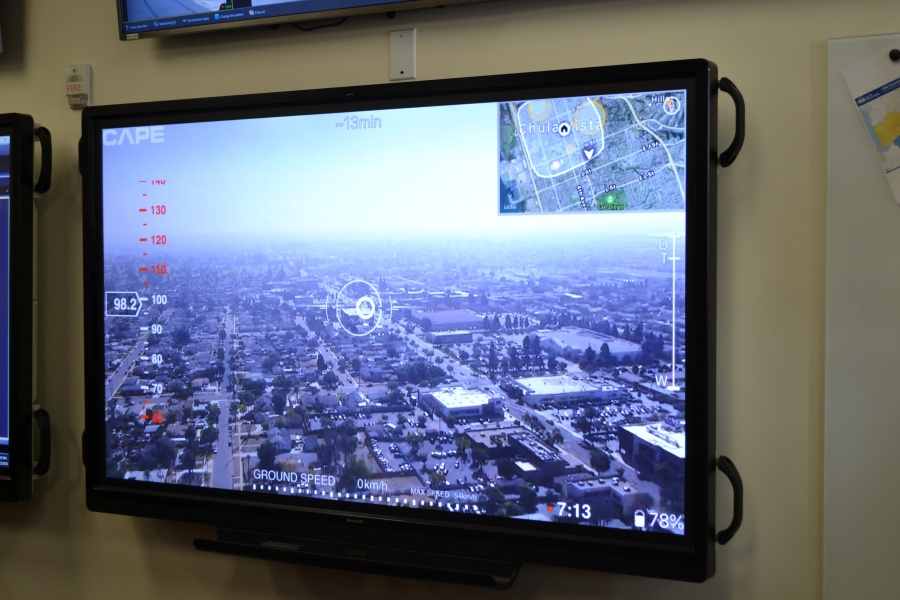
- Innovation at Public Libraries. Cities have been challenged to reimagine their public spaces, and the libraries of the future are already here in San Diego. Several City of San Diego branch libraries are focused on offering new opportunities to expand learning and provide maker spaces free and open to all ages. The Innovation Lab at the Downtown Central Library and the IDEA Lab at Valencia Park/Malcolm X Library are two such spaces opened since 2017. Available to the public are 3D printers, video studio equipment, graphic design software in computer labs, creative applications for photo and movie editing, coding classes, and robotics equipment. Plans are under way to replicate this model in other parts of the City, making digital innovation available to everyone. Next stop, City Heights.
- Online Community Engagement Tool. In an ongoing effort to provide innovative approaches to improving the quality of life for residents and businesses, the creatives in the City of San Diego’s Planning Department got smart about interaction with the public when it came time to update the City’s community plans, such as Clairemont. They built an app—well, a game, really, like SimCity, enabling the public to make its own decisions about the placements of housing and other land uses within a certain area. The Online Community Engagement Tool (OCET) is one of many community engagement tools used to gather input for the community plan update process. It represented an innovative approach to public engagement using technology, had the ability to reach a broad range of stakeholders, can be replicated for other planning efforts, and resulted in measurable outcomes. It was a fun way to interact with the public and for the City to get real-time engagement from residents from any computer or mobile device 24 hours a day. This addresses many of the traditional challenges associated with obtaining input through an in-person workshop.
- Open Data Portal (https://data.sandiego.gov). Launched in July 2016 through the Department of Performance and Analytics’ Data and Analytics program, the City was the first in the United States to provide open-source data. It offers access to more than 45 datasets of frequently requested information on topics such as water quality, parking meter revenue, Business Improvement Districts, and solar panel permits issued. Though this portal can primarily assist app developers and software engineers, the Open Data Portal is accessible to the broader public, featuring plain-speak, natural language rather than programming or bureaucratic jargon. It allows data downloads in accessible forms such as CSV, XML, and JSON. Developers are also encouraged to share their apps or visualizations.
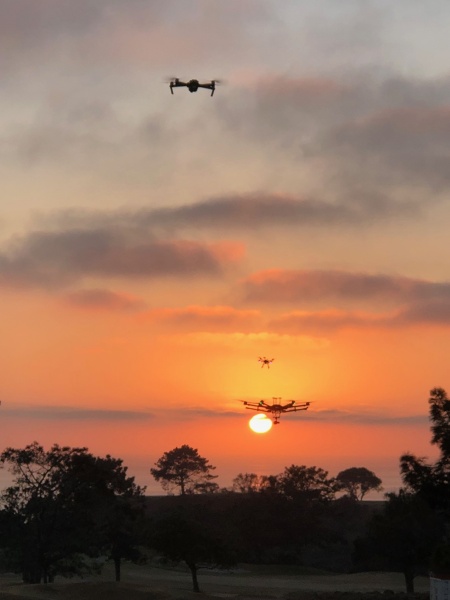
- Open DSD (https://www.sandiego.gov/development-services/opendsd). The Development Services Department provides online services 24/7 that allow users to apply for permits, pay/find an invoice, schedule inspections, search for project information, request building records, and view zoning informa-tion. Development Services also publishes online permit activity reports in PDF and XML forms at https://www.sandiego.gov/development-services/opendsd/permitactivity
- Citywide engagement (https://www.sandiego.gov/citywideengagement). This program through the Department of Performance and Analytics oversees the biennial Resident Satisfaction and Employee Satisfaction Surveys. The 2018 Resident Satisfaction Survey provides results that let City leaders make more informed, data-driven decisions to serve San Diegans better. Survey results here: https://www.sandiego.gov/sites/default/files/sandiego_2018_survey_ findings_report_-_final_0.pdf
- Climate Action Plan (https://www.sandiego.gov/sustainability/climate-action-plan). In 2015 the City adopted the ambitious Climate Action Plan (CAP), which calls for the elimination of half of all greenhouse gas emissions and aims for the all electricity in the City to be from renewable sources—all by 2035. To come up with innovative ideas about how to meet the goals of the CAP, the City hosted a SmartCity Hackathon with participants mentored by tech firms and University of California at San Diego advisors.
- Unmanned Aircraft Systems Integration Pilot Program. In May 2018, the City of San Diego became one of 10 U.S. cities selected to participate in the Unmanned Aircraft System (UAS) Integration Pilot Program (IPP) from the Federal Aviation Administration (FAA) and the U.S. Department of Transportation (USDOT). The IPP is an opportunity for state, local, and tribal governments to partner with private sector entities to accelerate safe UAS integration and innovation both regionally and nationally. IPP is designed to advance the testing of commercial unmanned aircraft operations and technological applications with expedited FAA airspace approval for San Diego projects like flying medical specimens from University of California at San Diego or deploying drones to inspect incident scenes in advance of first responders. Five testing airspaces have been designated throughout San Diego County, offering a variety of terrain and population conditions.
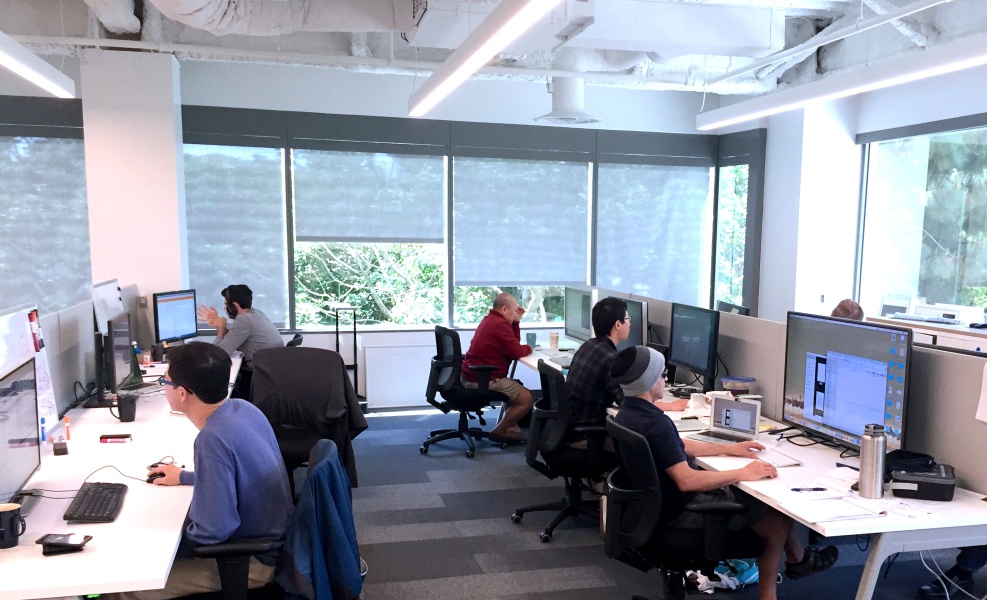
SMART CITY INITIATIVES:
Smart City San Diego is a broad public-private collaboration composed of the City of San Diego, San Diego Gas & Electric (SDG&E), General Electric, University of California at San Diego (UC San Diego), and Cleantech San Diego. Its goal is to improve the region’s energy independence, to empower consumers to use electric vehicles, to reduce greenhouse gas emissions, and to encourage economic growth—all part of the strategies outlined in the Climate Action Plan (https://www.sandiego.gov/sustainability/climate-action-plan).
Smart City and Sustainable programs and projects include:
- Envision America (http://www.envisionamerica.org). The City of San Diego is one of 10 U.S. cities selected, leveraging technology collaborators and businesses to address climate change challenges and improve city services.
- MetroLab (https://metrolabnetwork.org). The City of San Diego and UC San Diego have partnered to “create a city and university collaborative for urban innovation”—or part of the MetroLab network that includes 44 cities, five counties, and 59 universities. In San Diego, university researchers and City decision-makers work to research, develop, and deploy tech- and analytics-based solutions to improve infrastructure and services.
- January 2017, was the 16th North American city to form a “2030 District,” a commercial building community in which owners pledge to make upgrades to reduce energy use, water consumption, and transportation emissions by 50% in participating buildings by 2030. Managed by Cleantech San Diego, the community participants include the City, Measurabl, DNV GL, Alexandria Real Estate Equities, Kilroy Realty, Intuit, and Urban Land Institute Greenprint Center for Building Performance. Cody Hooven, the City’s Chief Sustainability Officer, serves on the San Diego 2030 District Leadership Council.
- FRED (Free Ride Everywhere Downtown). In August 2016, in partnership with Civic San Diego, the City launched Free Ride Everywhere Downtown (FRED), an electric, sustainable transportation solution funded by Downtown parking-meter revenues. Through an app, riders request FRED’s 15-vehicle fleet, which transported 140,000 riders around eight Downtown neighborhoods in its first six months of operation. FRED’s goal is to be economically sustainable though sponsorship deals. The vehicle fleet has expanded to 22 due to the demand for FRED.
- WAZE Partnership: The City has partnered with Waze as part of the Connected Citizens Program (CCP). This free, two-way data-sharing program allows the City to share planned road closure information with Waze. Waze, in return, shares anonymous data from Waze users (called Wazers). This data sharing allows the City to make more informed transportation, traffic operations, and infrastructure-related decisions. For residents and others using the Waze app, it provides greater control over travel plans, which can reduce congestion and commute times.
- Smart traffic signals: The City has been installing adaptive traffic systems, in which smart traffic signals communicate with each other to re-time signals, memorize traffic patterns, improve traffic flow, and reduce vehicle stops. This smart infrastructure has resulted in reduced commute times and reduced vehicle stops by 53%, decreasing GHG emissions. Working with Qualcomm in 2014, City officials launched District 6’s smart stoplight pilot project along Lusk Boulevard in Sorrento Valley. The City has now installed smart stoplights along heavily-trafficked Friars Road, La Jolla Parkway, Mira Mesa Boulevard, and Vista Sorrento Parkway. In 2017, the City installed the Rosecrans Street smart stoplights with help from a $600,000 state grant. The most recent deployment has been in Mira Mesa in 2018.

KEY DECISIONS AND CITY POSITIONS
- In 2013, City Council adopted the open data policy to increase government transparency and accountability. Open Data Policy memo: https://www. sandiego.gov/department-document/open-data-policy-memo
- In 2014, the City created the Department of Performance and Analytics (https://www.sandiego.gov/pad). This department includes a Data and Analytics Program and a Chief Data Officer. In 2016, the City of San Diego was recognized by the California League of Cities with the Helen Putnam Award in the Internal Administration category for the way the City’s Department of Performance and Analytics helped make city government more efficient and effective.
- In 2015, the City created the Economic Development Department (Annual Report), uniting three divisions: Business Expansion, Attraction and Retention; Community Development; and Sustainability as the City pursued a triple bottom line for its programming. The department balances the needs of San Diegans, our economy, and our planet. It uses CRM platforms to manage contracts and customer service. In 2018, the City created the Sustainability Department (https://www.sandiego.gov/sustainability) to consolidate and facilitate implementation of the City’s Climate Action Plan strategies including 100% renewable electricity, water and energy efficiency; zero waste; bicycling, walking and land use; and resiliency measures. The department works with the Department of Performance and Analytics and federal, state, and local partners to measure progress toward the Climate Action Plan through its annual.
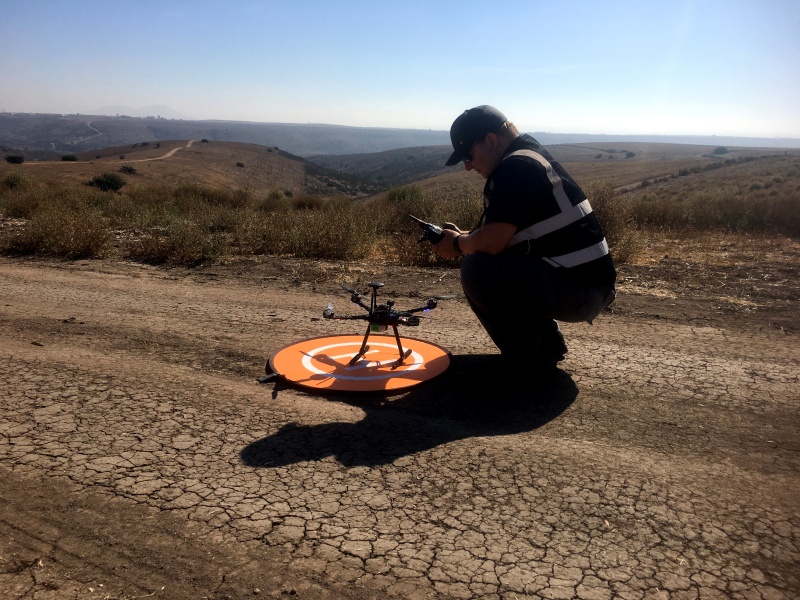
WHAT’S ON THE HORIZON FOR SAN DIEGO?
The City’s investment to convert all water meters to smart meters with real-time data for service delivery…. Using data to assist our region’s homelessness crisis and align with needed services to get individuals off the streets and on a path to self-reliance…. Our desire to provide the best customer service to our residents, businesses, and visitors is genuine.
From leading tech companies to invest in San Diego to our City’s mission to provide opportunities for all, it just makes sense. San Diego is smart.



